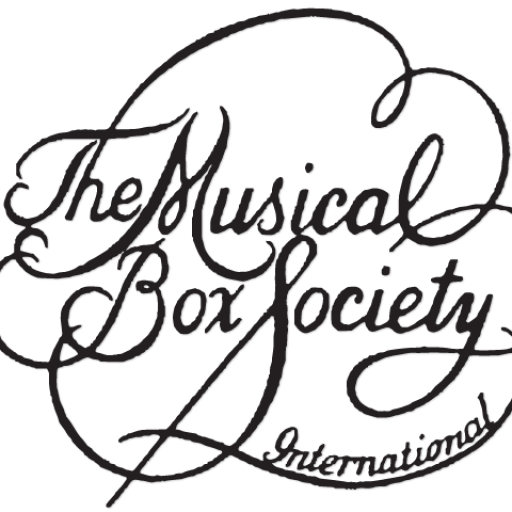Many people email us asking, “How much is my instrument worth?” Unfortunately it is not possible for us to give a meaningful or reliable estimate of an instrument’s value, because such an appraisal requires a hands-on examination. Rarity, desirability, and condition are prime factors in determining value, and a collector or dealer in your area are the persons best equipped to evaluate your particular instrument.
There are lists of appraisers published on the web by such organizations as the International Society of Appraisers, whose website is at isa-appraisers.org. A 30-page list of appraisers in various fields, arranged by zip code is printed in Maloney’s Antiques & Collectibles Resource Directory, 5th ed., 1999. Other, less reliable but useful sources for estimating an object’s value are price guides such as the annual “Kovels’ Antiques & Collectibles Price List,” which you can find at your local library. Oftentimes your object or similar ones are offered on eBay, and the prices shown there may be a rough guide to market value.
You may want to use our MBSI web site links page to locate a dealer specializing in your type of instrument who may be able to offer you more individualized advice than it would be possible to obtain from the sources listed above. Remember these two maxims: An item is worth only what someone is willing to pay for it, and A dealer can offer only a portion (perhaps 50%) of what he hopes to sell an item for, if he wants to remain in business.

 One of the MBSI services available to everyone is our Regina certificate service.
One of the MBSI services available to everyone is our Regina certificate service.